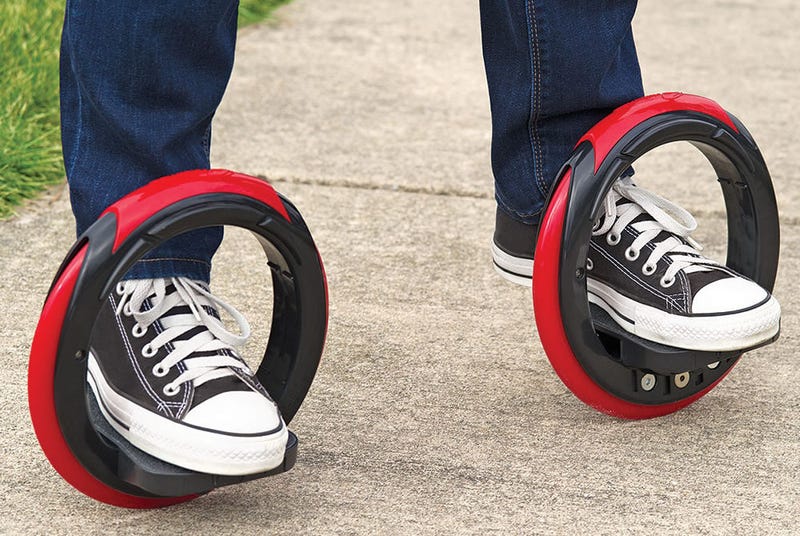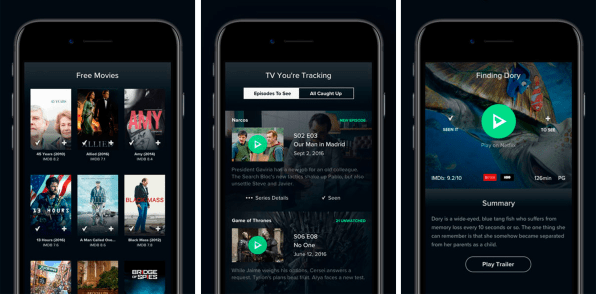A drone, in a technological context, is an unmanned aircraft. Drones are more formally known as unmanned aerial vehicles (UAVs) or unmanned aircraft systems (UASes). Essentially, a drone is a flying robot. The aircrafts may be remotely controlled or can fly autonomously through software-controlled flight plans in their embedded systemsworking in conjunction with onboard sensors and GPS.
History of drone/UAV use cases
The first generally used drone was a full-size retooling of the de Havilland DH82B "Queen Bee" biplane, which was fitted out with a radio and servo-operated controls in the back seat. The plane could be conventionally piloted from the front seat, but, generally, the plane flew unmanned and was shot at by artillery gunners in training. The term drone dates to this initial use, a play on the "Queen Bee" nomenclature.
In late 2012, Chris Anderson, editor in chief of Wired magazine, retired to dedicate himself to his drones company, 3D Robotics Inc. The company, which started off specializing in hobbyist personal drones, now markets its solutions to photography and film companies, construction, utilities and telecom businesses, and public safety companies, among others.
Other common drone applications include
drone surveillance and
drone journalism, as unmanned aircraft systems can often access locations that would be impossible for a human to get to.In late 2013, Amazon was one of the first organizations to announce a plan to use commercial drones for delivery activities. Others have since followed suit; for example, in September 2016, Virginia Polytechnic Institute and State University began a test with Project Wing, a unit of Google owner Alphabet Inc., to make deliveries, starting with burritos produced at a local Chipotle restaurant.
Drone education is also expanding; Embry-Riddle Aeronautical University, long a training ground for the aviation industry, now offers a Bachelor of Science in Unmanned Systems Applications, a Master of Science in Unmanned Systems and an undergraduate minor in Unmanned Aerial Systems.
Drones in the enterprise
A 2016 Business Insider BI Intelligence report forecasted the growth of enterprise drone use to outpace the consumer drone sector in both shipments and revenues by 2021, reaching 29 million shipments worldwide.
The integration of drones and
internet of things technology has created numerous enterprise use cases; drones working with on-ground IoT sensor networks can help agricultural companies monitor land and crops, energy companies survey power lines and operational equipment, and insurance companies monitor properties for claims and/or policies.
A 2015 experiment in Austin, Texas, showed how drones can potentially "connect the dots" using IoT. A security tech company teamed up with a drone startup to hunt for
ZigBee beacons to try to provide an overview of what IoT networks were present in residential and business areas of the city. The companies reported that the results were quick and instructive.
From logistics to agriculture to security, unmanned aerial vehicles and IoT are frequently part of the same discussion; offering a component in ubiquitous connectivity and interactivity.
Drones and security
The rapid adoption of drones has sparked complaints and concerns. From a privacy standpoint, drones have been used by voyeurs and paparazzi to obtain images of individuals in their homes or other locations once assumed to be private. Drones have also been deployed in areas deemed to be potentially unsafe, such as urban areas and near airports.











